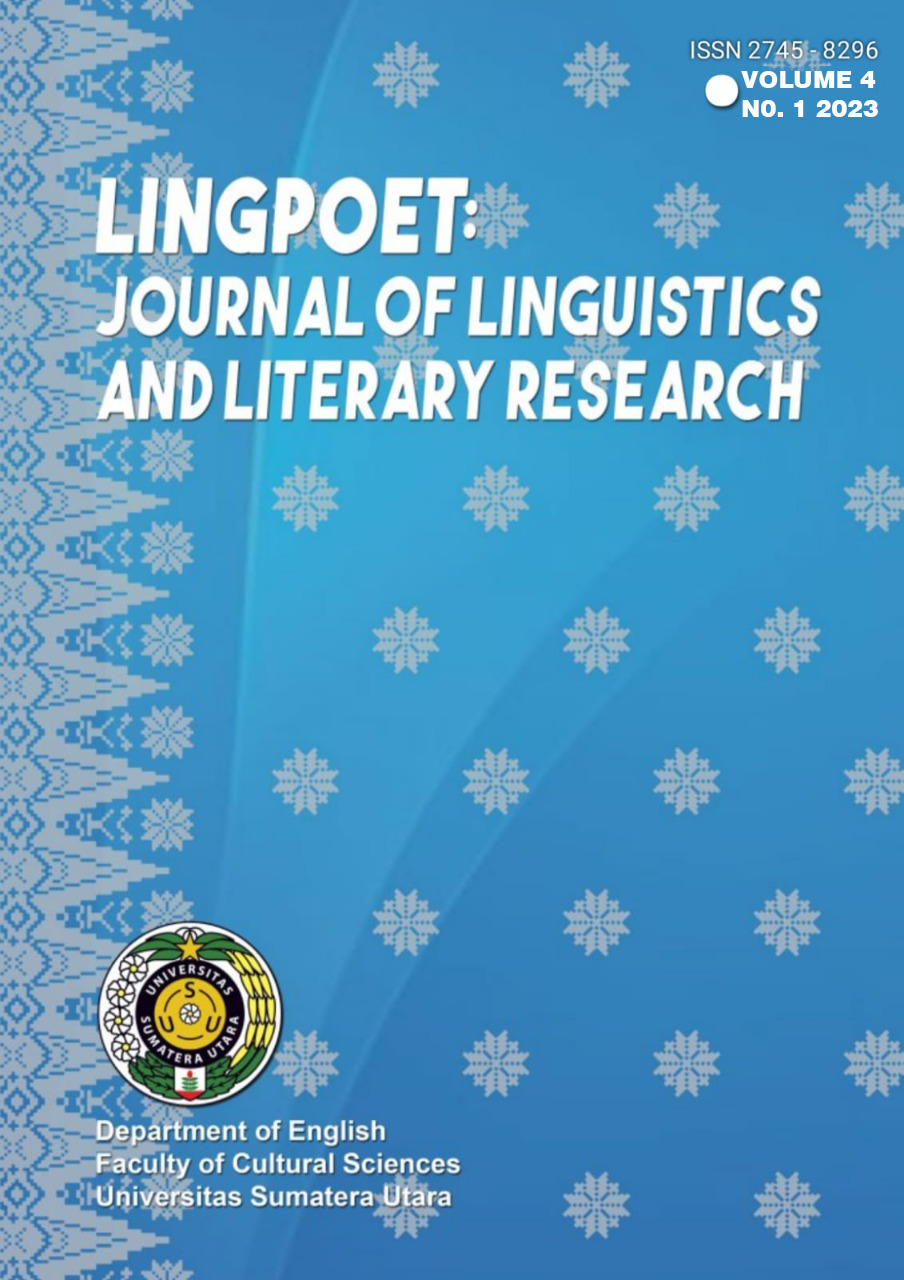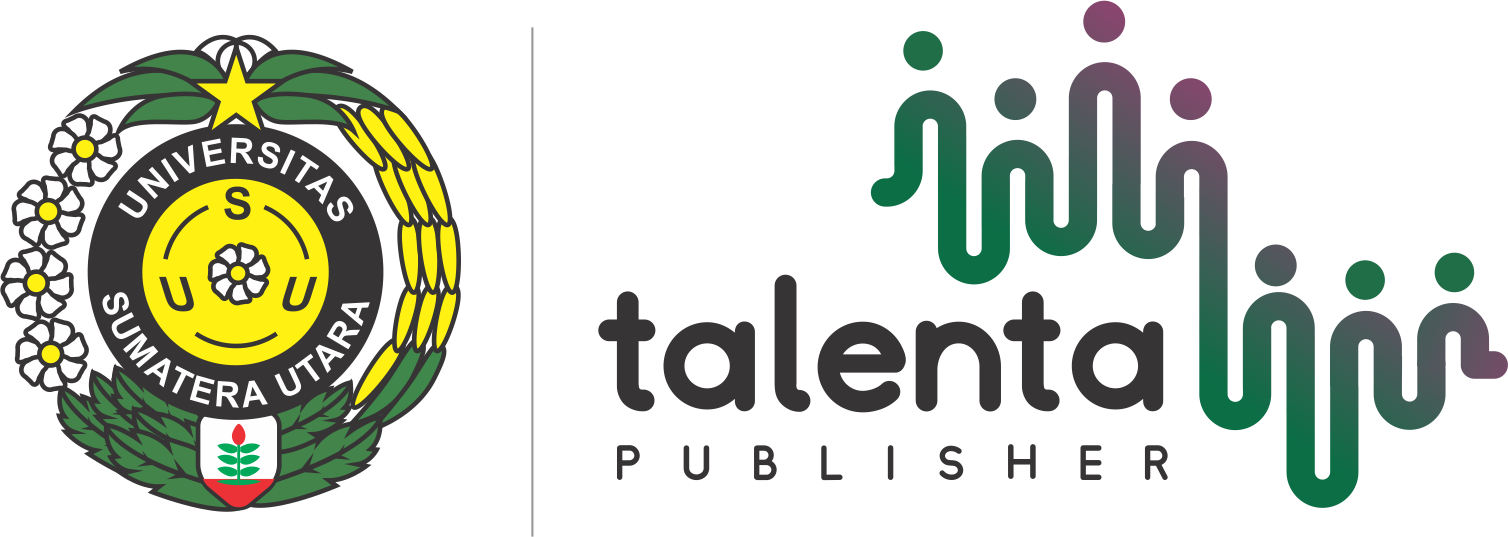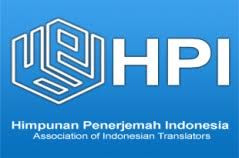Direct and Indirect Speech Acts in Literary Works as Language Learning Media
Keywords:
Direct Speech Acts, Indirect Speech Acts, Speech ActsAbstract
This paper described the types and function of direct and indirect speech acts found in the novel On the Far Side of the Mountain by Jean Craighead George. Several theories, including Yule, Stewart, Vaillette, and Akmajian were utilized to analyze the utterances of the novel's characters. This paper was written using a descriptive qualitative methodology. The utterances spoken in the novel On the Far Side of the Mountain is the source of the data examined in this article. According to the analysis results, the novel On the Far Side of the Mountain utilized both direct and indirect speech acts when performing the dialogue. The direct speech acts were divided into five categories: direct speech acts in declarative sentences Type as an Assertion (435 utterances), direct speech acts in Imperative sentences Type as a Request (127 utterances), direct speech acts in Interrogative Type as a question (167 utterances), direct speech acts in Declarative Type as a Threat (5 utterances), and direct speech acts in Declarative sentences Type as a Promise (2 utterances). Meanwhile, indirect speech acts are in Declarative Type as an Assertion (2 utterances), indirect speech acts are in Declarative sentences Type as a Request (20 utterances) and Indirect speech acts are in Declarative sentences Type as a question (9 utterances). Direct speech acts in imperative sentence type as a request is the most dominant speech acts found in the novel.
Downloads
References
H. Kridalaksana, Kamus Linguistik, vol. 500, no. 1885. Jakarta: PT Gramedia Pustaka Utama, 2008.
I Dewa Putu Wijana, “INDONESIAN LANGUAGE MAINTENANCE AND DEVELOPMENT,†pp. 91–98, 2018.
M. Laaksonen, “The pragmatic competence of Finnish and Japanese learners of English : a comparative study with emphasis on the effect of cultural differences,†no. April, 2019.
George Yule, Pragmatics. Oxford: Oxford University Press, 1996.
T. W. Stewart and N. Vaillette, Language Files: Materials for an Introduction to Language & Linguistic, no. 2000. Ohio: Columbus, 2001.
F. P. Syahputra, I. P. Sari, and T. S. Sinar, “Phonological Level in Allama Iqbal’S Poem ‘the Bird’S Complaint’: a Stylistic Analysis,†Ling. J. Ilmu Bhs. dan Sastra, vol. 13, no. 2, pp. 79–90, 2018, doi: 10.18860/ling.v13i2.4459.
Nurlela, E. H. Nasution, and F. P. Syahputra, “University Students’ Language Errors in Writing Narrative Text: Carelessness or Incompetence?,†TESOL, vol. 16, no. 4, 2021, [Online]. Available: http://www.tesol-international-journal.com.
B. Hancock, Introduction to Qualitative Research. Nottingham: TRENT FOCUS GROUP, 1998.
John Creswell, Riset pendidikan: Perencanaan, Pelaksanaan, dan Evaluasi Riset Kualitatif dan Kuantitatif. Yogyakarta: Pustaka Pelajar, 2015.
Juanda, “Expressives illocutionary in meme of covid-19,†Lingtersa J. Linguist. Terjemahan, Sastra, vol. 3, no. 1, pp. 42–49, 2022.
R. Nehal, “Pragmatic Role of Culture in Using Ostensible Invitations across Persian and English Languages,†vol. 2, no. 3, pp. 13–19, 2021.
F. R. Astiandani, S. Setiawan, and A. Mustofa, “Speech Acts and Language Styles of Biden ’ s Victory Speech for Promoting Peace Values,†vol. 9, no. 2, pp. 812–831, 2022.
Downloads
Published
How to Cite
Issue
Section
License
Copyright (c) 2023 LingPoet: Journal of Linguistics and Literary Research

This work is licensed under a Creative Commons Attribution-ShareAlike 4.0 International License.













